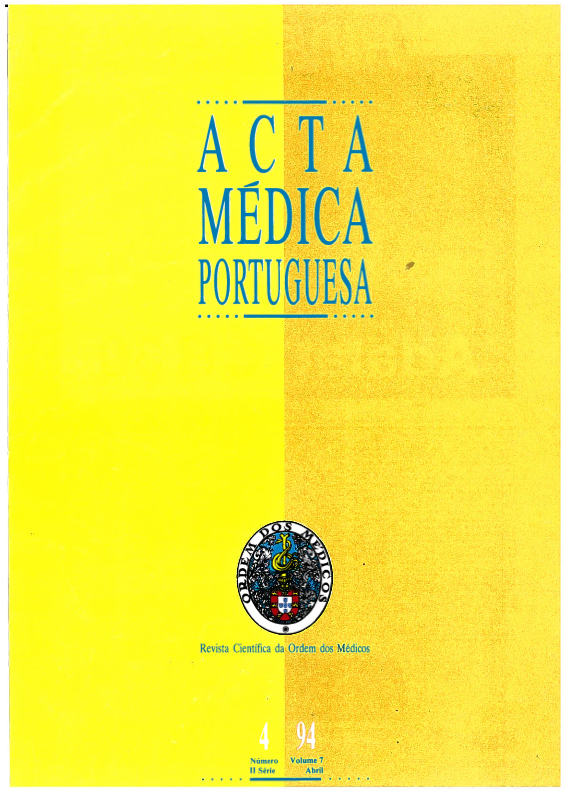Ultrasonographic diagnosis of the pathology of the rotator cuff and subacromial bursa: criteria.
DOI:
https://doi.org/10.20344/amp.2890Abstract
Shoulder soft tissues echographic evaluation depends on the availability of well established echographic diagnostic criteria, which hasn't been fully accepted until nowadays, as results in that field have been controversial. The main purpose of the present study has been to determine the echographic criteria of the most frequent shoulder periarticular soft tissue pathology. A prospective study has been carried out, comparing the right to the left shoulder of 37 normals in order to determine the normal characteristics and limits of the selected echographic parameters (echogenicity, echostructure, dimensions in terms of width, rhythm of movement and rotator cuff competence ratio). Afterwards, the relative role of these variables in the identification of three different nosological groups determined through suitable gold standard diagnostic methods (36 suprasinatus tears, 20 supraspinatus tendinitis and 22 subacromial bursitis) has been determined. Lastly, the discriminant power of some echographic parameters association was tested, thus suggesting the echographic criteria to be selected. Results support the following criteria: 1) supraspinatus tears: cuff competence ratio less than 1, the difference value between the affected and the sound tendon thickness less than -1,8 mm associated with asymmetries of one of the remaining parameters (echogenicity, echostructure or rhythm); 2) supraspinatus tendinitis: the difference between the affected and the sound tendon thickness bigger than 1 mm associated with asymmetries of one of the remaining parameters (echogenicity, echostructure or rhythm); cuff competence ratio equal or above 1;3) subacromial bursitis: the difference between the affected and the sound bursa thickness bigger than 1 mm associated with asymmetries of one of the following parametres: echogenicity, echostruture or rhythm.Downloads
Downloads
How to Cite
Issue
Section
License
All the articles published in the AMP are open access and comply with the requirements of funding agencies or academic institutions. The AMP is governed by the terms of the Creative Commons ‘Attribution – Non-Commercial Use - (CC-BY-NC)’ license, regarding the use by third parties.
It is the author’s responsibility to obtain approval for the reproduction of figures, tables, etc. from other publications.
Upon acceptance of an article for publication, the authors will be asked to complete the ICMJE “Copyright Liability and Copyright Sharing Statement “(http://www.actamedicaportuguesa.com/info/AMP-NormasPublicacao.pdf) and the “Declaration of Potential Conflicts of Interest” (http:// www.icmje.org/conflicts-of-interest). An e-mail will be sent to the corresponding author to acknowledge receipt of the manuscript.
After publication, the authors are authorised to make their articles available in repositories of their institutions of origin, as long as they always mention where they were published and according to the Creative Commons license.









